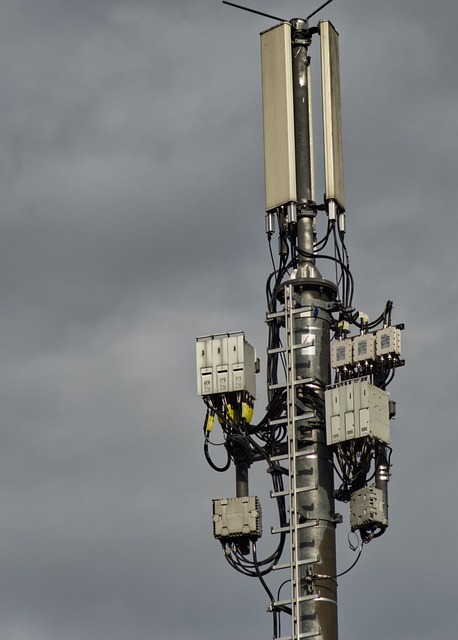- U.S. Department of health and human services
- news
- 0 likes
- 10029 views
- 0 comments
- radiation, cellphones radiation
Related products
EMF Protection Clothing for Women
€97.00
HF (High frequency)The scarf is not only a practical companion in the cold season, it can also become a fashionable piece that allows us to diversify our look. In fact it is one of the must-haves in our wardrobe.For the autumn-winter season 2020/2021 we present our new double-sided model Coumba with animal print on one side and black, very soft Nicky on...
€69.00
Very comfortable, the MySilverShield pregnancy belly band is made of soft, silky and stretchy elastic viscose mesh lined with our exclusive protective fabric. It can be worn from the first month of pregnancy, and thanks to its tying system it will adapt perfectly to the evolution of your belly, without any feeling of discomfort.














Comments (0)